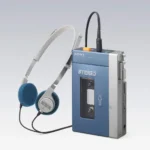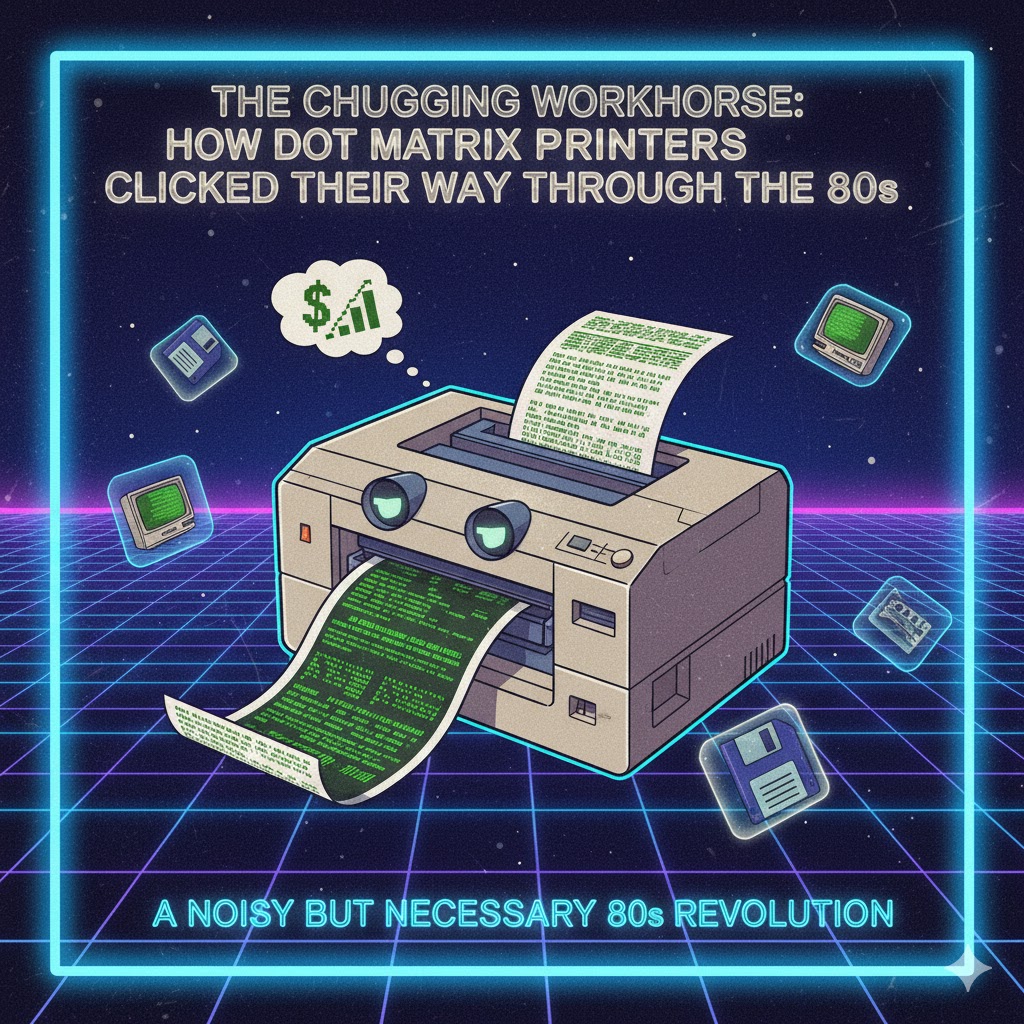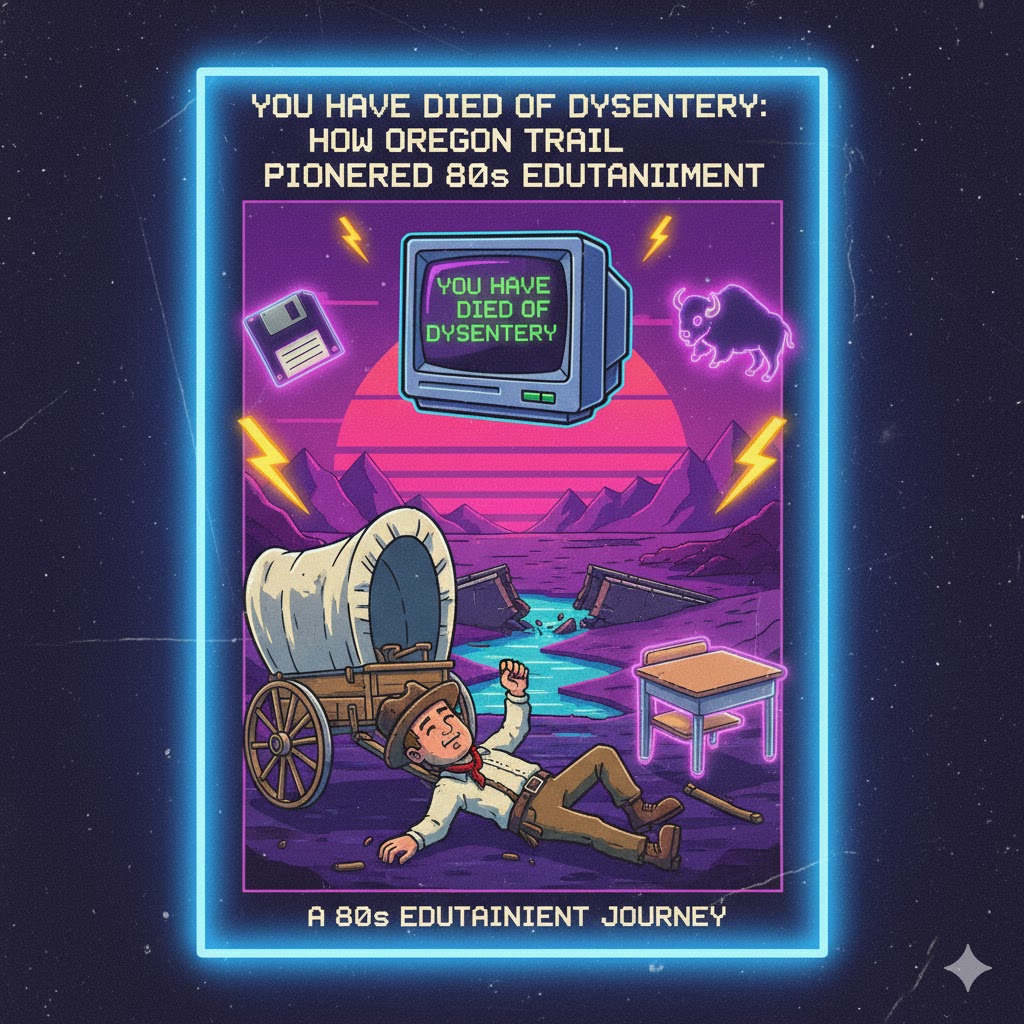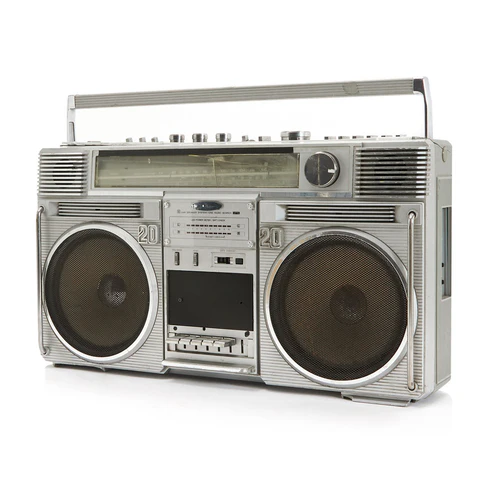 In 1979, Sony quietly introduced a small, portable device that would forever change the way people experienced music: the Walkman. This compact cassette player allowed users to carry their favorite songs wherever they went, creating a personal soundtrack for daily life. Though it started as a niche gadget, the Walkman quickly became a cultural icon of the 1980s, influencing fashion, social behavior, and the very concept of personal entertainment.
In 1979, Sony quietly introduced a small, portable device that would forever change the way people experienced music: the Walkman. This compact cassette player allowed users to carry their favorite songs wherever they went, creating a personal soundtrack for daily life. Though it started as a niche gadget, the Walkman quickly became a cultural icon of the 1980s, influencing fashion, social behavior, and the very concept of personal entertainment.
The Walkman’s appeal was immediate and transformative. Before its arrival, music was largely stationary—played at home on stereos or in cars on large, immobile tape decks. Sony’s innovation was deceptively simple: a lightweight, battery-powered device with a pair of headphones and the ability to play standard cassette tapes. Suddenly, music could accompany people during commutes, workouts, or strolls through the city. This newfound portability changed the relationship between listener and music, making it a personal, immersive experience rather than a shared, household one.
By the early 1980s, the Walkman had become synonymous with youth culture. Its bright, colorful designs—often in metallic or neon finishes—made it a fashionable accessory as much as a technological gadget. Teenagers and young adults proudly displayed their Walkmans, headphones in place, signaling both musical taste and social status. Advertisements reinforced this image, depicting young people jogging through urban streets, riding bikes, or lounging in parks with their Walkman at their side. The device became emblematic of independence and self-expression, perfectly aligning with the decade’s emphasis on individuality and personal style.
The Walkman’s cultural impact went far beyond fashion. It fundamentally altered how people interacted with music. Commuters no longer had to endure static car radios; gym-goers could pace themselves with curated playlists; city dwellers could escape the noise of crowded streets with a personal soundtrack. Music became portable, private, and ever-present, fostering a new kind of emotional intimacy with songs and artists. Pop, rock, new wave, and hip-hop all found eager listeners who carried their favorite tracks everywhere, contributing to the explosion of music consumption that defined the 1980s.
The influence of the Walkman extended into entertainment and media. Movies, television shows, and music videos frequently featured characters with the iconic headphones, emphasizing both the trendiness and transformative power of personal music. Films like Say Anything… immortalized the idea of music as a portable, emotional companion, while MTV capitalized on the personal music revolution, helping solidify the Walkman as a symbol of the era’s pop culture. Even music itself was shaped by the Walkman; artists and producers began considering the personal listening experience when creating albums, knowing that fans would hear songs in intimate, portable settings rather than on communal stereo systems.
Socially, the Walkman introduced a fascinating paradox. While it promoted individuality and personal expression, it also reshaped public spaces. Streets, subways, and parks were suddenly filled with people in their own private musical worlds, headphones on, detached from their immediate surroundings yet connected to a global pop culture via their cassettes. This blend of isolation and connectivity became a defining aspect of 1980s urban life, a reflection of a decade increasingly influenced by technology and mobility.
The Walkman’s success also inspired a surge of innovation in personal electronics. Competitors released similar devices, portable cassette players evolved into portable CD players, and eventually digital music players—all tracing their lineage back to Sony’s original invention. The concept of carrying music anywhere became a fundamental expectation, paving the way for the MP3 revolution and streaming era decades later.
By the mid-1980s, the Walkman was not just a gadget—it was a symbol of a generation. Its name became synonymous with personal music, and its presence permeated virtually every aspect of 80s culture. From fashion statements to cinematic moments, from urban landscapes to gym routines, the Walkman shaped how people experienced sound, style, and independence. It offered a form of empowerment, allowing anyone to create a portable world of music and meaning around themselves.
Even decades later, the Walkman’s impact resonates. Retro enthusiasts, collectors, and music historians recognize it as the device that first made music truly mobile, influencing how we interact with sound in every modern context. More than just a cassette player, the Walkman represents the 1980s spirit of innovation, individuality, and cultural experimentation.
The Sony Walkman was a small device with an outsized impact. It transformed music consumption, redefined fashion and lifestyle, and left an indelible mark on 1980s pop culture. By giving people the freedom to carry their personal soundtrack wherever they went, it created a world in which music was no longer tied to place or schedule. It wasn’t just a gadget—it was a cultural revolution in the palm of your hand, a portable expression of identity that helped define a generation and continues to influence the way we experience music today.


